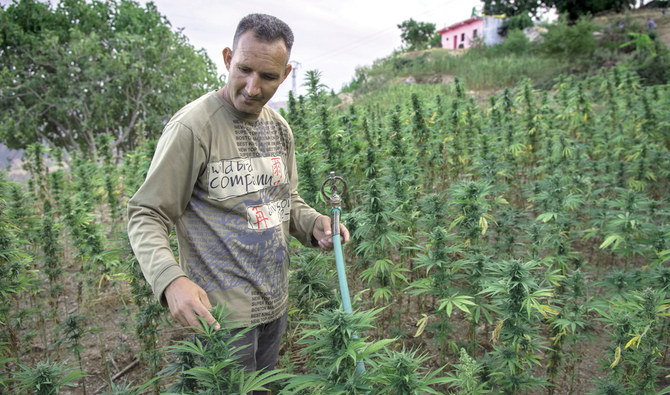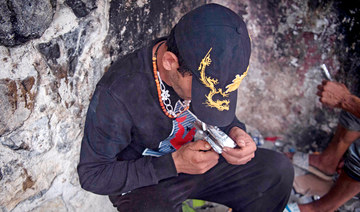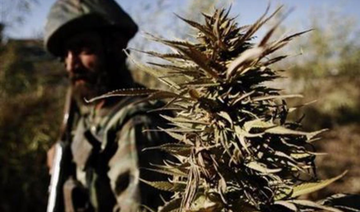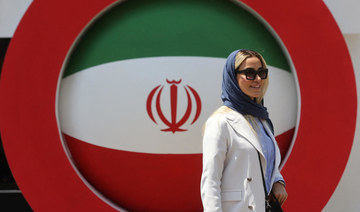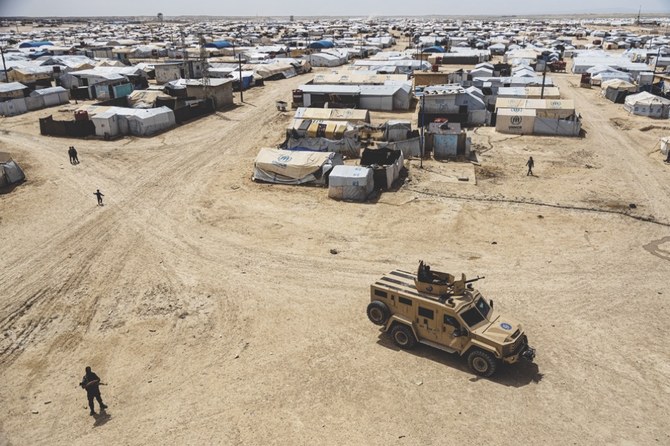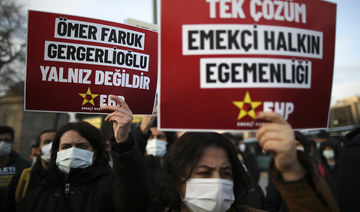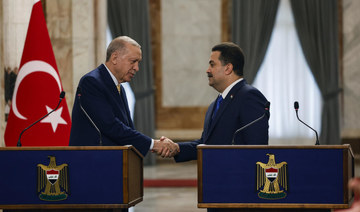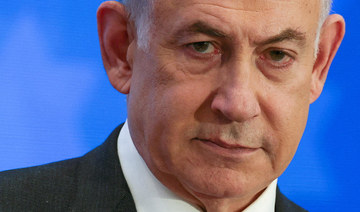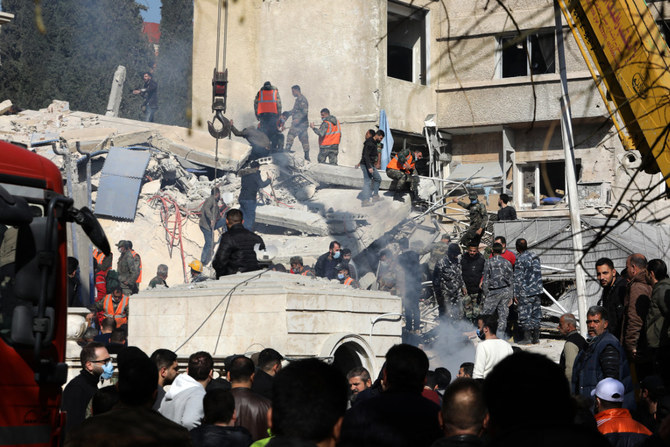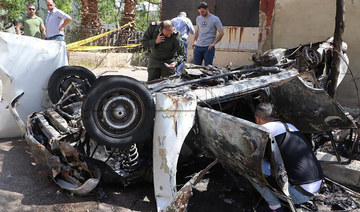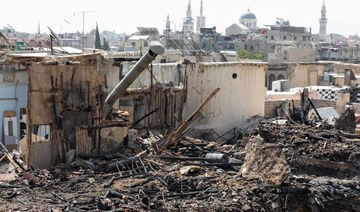KETAMA, Morocco: Morocco’s rugged Rif Mountains have long been renowned for their cannabis but traditional varieties are being smoked out by foreign hybrids offering higher yields and greater potency.
The local strain of marijuana, known as Beldiya, is coveted by aficionados but is gradually disappearing from the fields in the North African kingdom.
Nowadays in Ketama, a region in the heart of the northern Rif, a strain called “Critical” is king.
Hicham, a 27-year-old cannabis farmer, says that he grows Critical because “the new imported seeds give a much higher yield.”
Major cannabis producers decide what to plant and “hybrid plants have become a market all on their own,” said Moroccan anthropologist Khalid Mouna, who has written a thesis on the economics of Ketama’s cannabis production.
Critical, which Mouna said comes from the Netherlands, is the latest hybrid created in laboratories in Europe or North America to be introduced to Morocco.
With names like “Pakistana,” “Amnesia” and “Gorilla,” hybrids are popular for their potency and affordability.
Critical sells for 2,500 dirhams per kilo ($252), while Beldiya goes for up to 10,000 dirhams per kilo, local sources told AFP.
Morocco has long been a leading producer and exporter of hashish — refined cannabis resin — even though the production, sale and consumption of drugs is illegal in the country.
A quarter of hashish seizures worldwide originated from Morocco between 2013 and 2017, according to the UN Office on Drugs and Crime.
While Morocco’s cannabis cultivation is falling, the adoption of hybrids means hashish production has remained stable.
In 2003, 134,000 hectares were under cannabis cultivation, falling to 47,500 hectares by 2011 under a large official reconversion program, according to a 2015 study by the French Monitoring Center for Drugs and Drug Addiction (OFDT).
But modern hybrid strains produce five to 10 kilos of hashish per quintal, a traditional unit of weight equivalent to 100 kilos, compared to a single kilo for kif, as local cannabis is known.
“The substitution of hybrids for kif might explain why the production of Moroccan hashish has barely decreased,” the study said.
In Ketama, kif is part of the culture.
Producing it and smoking it are tolerated by the authorities and its cultivation provides a livelihood for 90,000 to 140,000 people in an otherwise deprived region known for its poor soil.
People in the area told AFP that it was mostly traffickers or intermediaries who bought the cannabis harvest for smuggling to Europe or other Moroccan towns.
Hicham divides his time between his cannabis field and a cafe, where he and his friends smoke joints and watch satellite TV — a distraction from unemployment, he says.
In this rural region, job prospects are rare, with one in four young people unemployed, according to official figures.
Hicham and his friends all left school early to support their families, and many have left for Europe in search of work.
Those who stay mostly work seasonally for large cannabis growers, earning about 100 dirhams per day for a month or two at a time.
Most lack the money to get set up and work for themselves.
The high yields of imported hybrid cannabis plants come at a cost however.
The strains require heavy fertilization, which can damage the soil. And their insatiable thirst threatens the region’s water supplies, according to the OFDT.
Critical grows in the dry summer, requiring heavy irrigation, while Beldiya is planted in winter, depending only on rainfall.
Some locals complain that major producers enforce the planting of hybrids even in arid areas.
“The traffickers impose it and the people don’t have any other choice,” says Mohamed Benyahya, a local community figure.
To water their plantations, major producers install solar pumps on the roofs of their mansions.
Not far from Hicham’s local cafe, a vast terraced cannabis plantation sprawls up a nearby mountain.
Rows of carefully maintained plants are watered by drip irrigation via a network of pipes connected to a reservoir.
Hybrids like Critical are notable also for high levels of THC, marijuana’s main psychoactive chemical.
The adoption of hybrids explains the “rapid and significant increase in the average THC content” of seized Moroccan hashish, according to the OFDT.
For smokers, the effect compared to Beldiya is pronounced. “One makes you think, the other makes you paranoid,” says Mohamed, a friend of Hicham.
“European consumers no longer want hybrid cannabis on account of its high THC levels,” Mouna said.
“Traditional Moroccan cannabis remains highly coveted, particularly by advocates of legalization.”
Cannabis decriminalization remains controversial in the conservative country.
Proposals to legalize cannabis have so far met fierce political opposition.
For Mouna, legalization could help regulate cannabis consumption while also preserving the more traditional and environmentally friendly Beldiya.
And, while Hicham may have switched to growing Critical, he still only smokes Beldiya. “The modern varieties,” he says, “are mediocre.”



